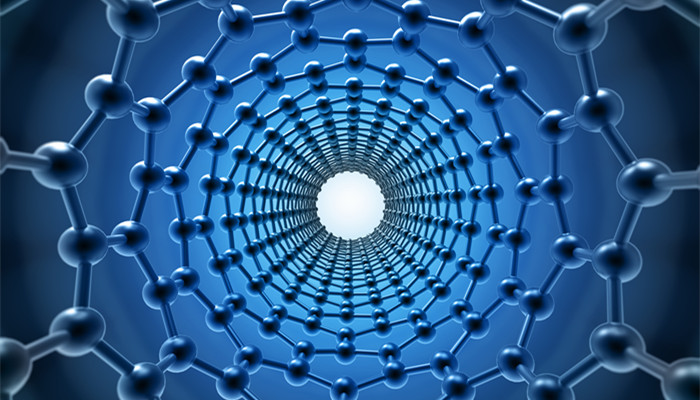
As a new nanomaterial, nano-montmorillonite (MMT) has broad market prospects
Nano-montmorillonite (MMT) is a kind of clay composed of nanometer-thick silicate layers with negatively charged surfaces, which are stacked together by electrostatic interaction between the layers. Nano-montmorillonite has the advantages of low production cost, strong adsorption, and good thermal stability, and is a new type of nanomaterial. Nano-montmorillonite combined with polymers can produce rubber products, fibers, coatings and plastic products, and is widely used in many fields.
According to the “2022-2027 China Nano-Montmorillonite (MMT) Industry Market In-depth Research and Development Prospects Forecast Report>> shows that nano-montmorillonite has a low production cost and is the cheapest nanomaterial, so it is widely used in many fields. Although my country’s nano-montmorillonite has not yet formed large-scale production, it is favored by most rubber product manufacturers for its excellent performance. In recent years, my country’s demand for nano-montmorillonite has continued to grow. In 2021, my country’s demand for nano-montmorillonite will reach 248,000 tons, a year-on-year increase of 10.7%. Driven by strong market demand and technological innovation, it is expected that my country’s demand for nano-montmorillonite will exceed 350,000 tons by 2025.
The raw material of nano-montmorillonite is montmorillonite. my country is rich in montmorillonite resources, spread across 26 provinces and cities across the country, and its resource reserves rank first in the world. At present, my country’s montmorillonite resources are concentrated in Henan, Inner Mongolia, Hebei, Liaoning, Zhejiang, Heilongjiang and other places. The junction of Hebei, Liaoning and Heilongjiang provinces has a high-quality montmorillonite source belt. Sufficient supply of raw materials will ensure the development of my country’s nano-montmorillonite industry.
Synthetic rubber is the largest demand end for nano-montmorillonite. Nano-montmorillonite has the advantages of corrosion resistance, impact resistance, and wear resistance. It can effectively improve the air density of synthetic rubber and increase its strength and elongation. In recent years, the prosperity of my country’s synthetic rubber industry has continued to improve, and output has continued to grow. According to data from the National Bureau of Statistics, my country’s synthetic rubber output reached 8.117 million tons in 2021, a year-on-year increase of 9.7%. In this context, the industry scale of nano-montmorillonite, as a raw material for synthetic rubber, continues to expand.
Nano-montmorillonite is a new type of nanomaterial. Currently, only the United States and Japan have entered the industrialization stage. Due to factors such as high technical barriers, the development of my country’s nano-montmorillonite industry is slow. Jiangxi Gukang New Materials, Jiangxi Baosilicon Nano New Materials, Zhuzhou Times New Materials, Zhejiang Fenghong New Materials and Jilin Chemical Industry are the main nano-montmorillonite manufacturers in my country.
Industry analysts said that thanks to the rapid development of the nanomaterials industry, nanomontmorillonite, as the cheapest nanomaterial, has gained broad market prospects. . As market demand is gradually released, the scale of my country’s nano-montmorillonite industry will further expand. Driven by positive factors such as sufficient supply of raw materials, R&D technology innovation, and national policy support, my country’s nano-montmorillonite industry will continue to improve.

 微信扫一扫打赏
微信扫一扫打赏

